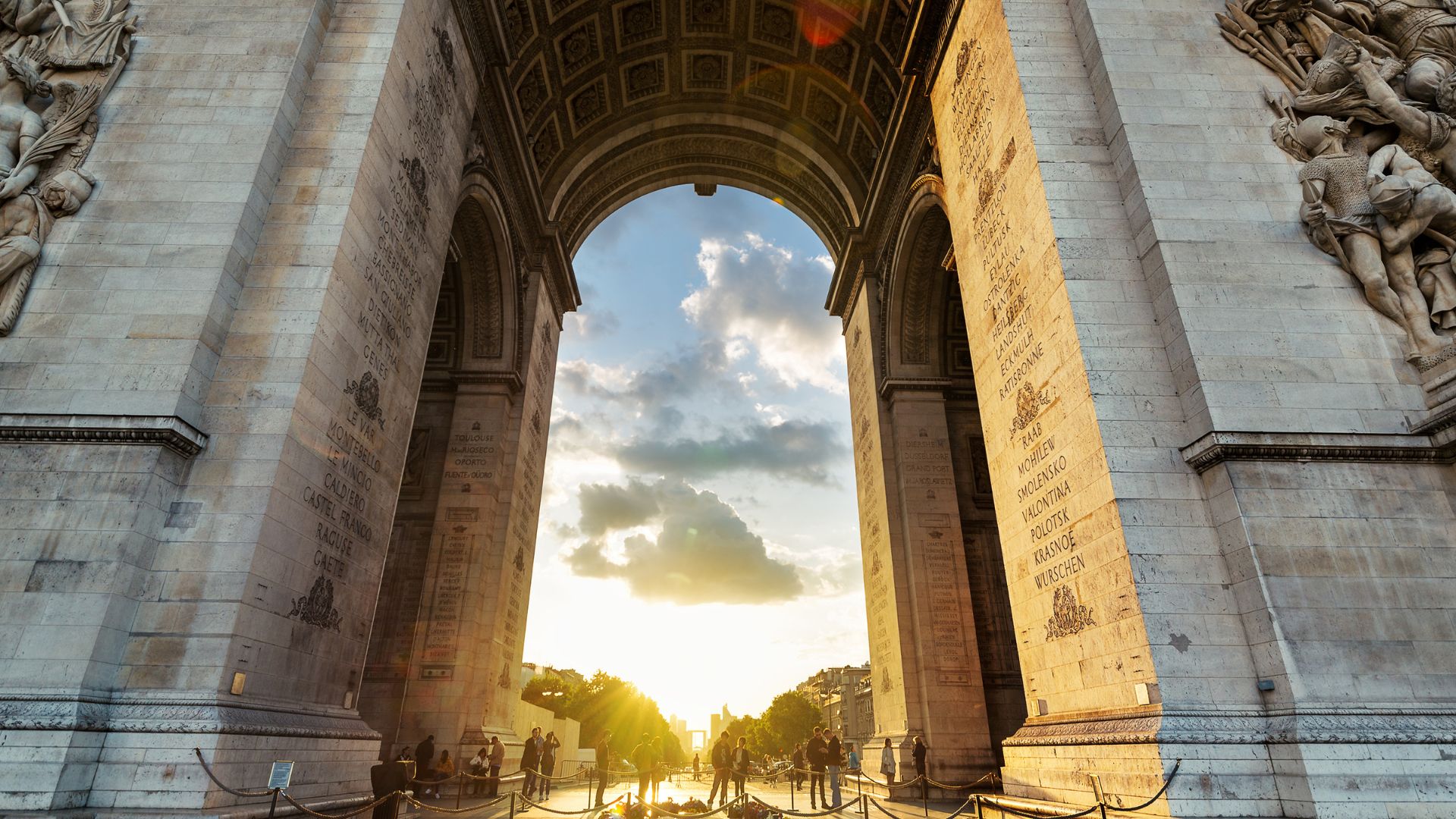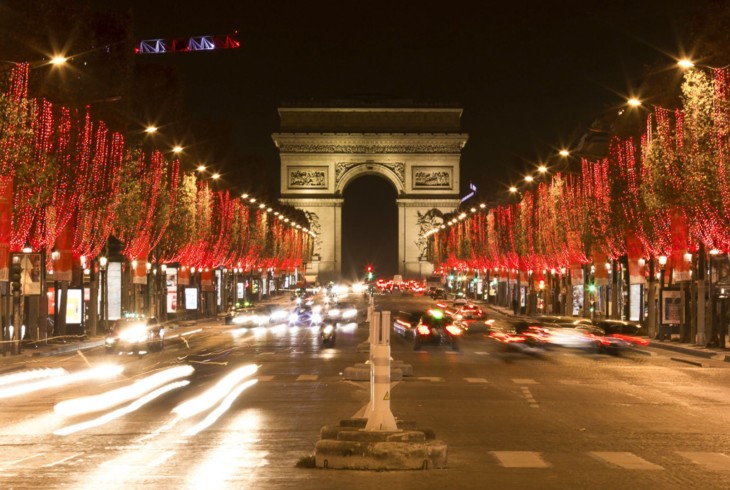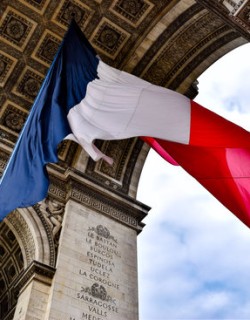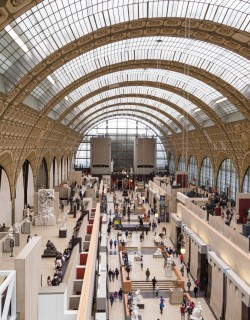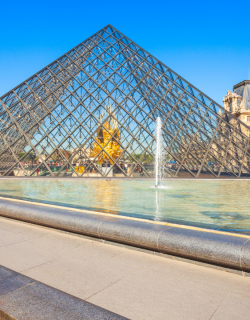It’s not only one of Paris’ most recognizable monuments, it’s one of France’s most sacred symbols. Here we discover why.
Standing proudly at the hub of several major traffic arteries, the center of a massive urban wagon wheel, the Arc de Triomphe has appeared on everything from canvasses to coffee mugs, t-shirts to tea towels, postcards to prophylactics. It is one of the most photographed structures in the Western world, directing traffic at the heart of the city’s Grand Boulevards, like some great and mighty sorcerer, still as stone.
What is the secret to its popularity? Oh, sure, it’s impressive enough in its own right, visually stunning and awe inspiring. But there’s more to it than that. Much more. Whether or not we are aware of its history and significance, there is something about the Arc de Triomphe that strikes a chord, a Jungian appeal to a collective consciousness. It is an archetype (pun clearly intended).
Today we do a little digging to uncover the secrets to its perennial appeal.
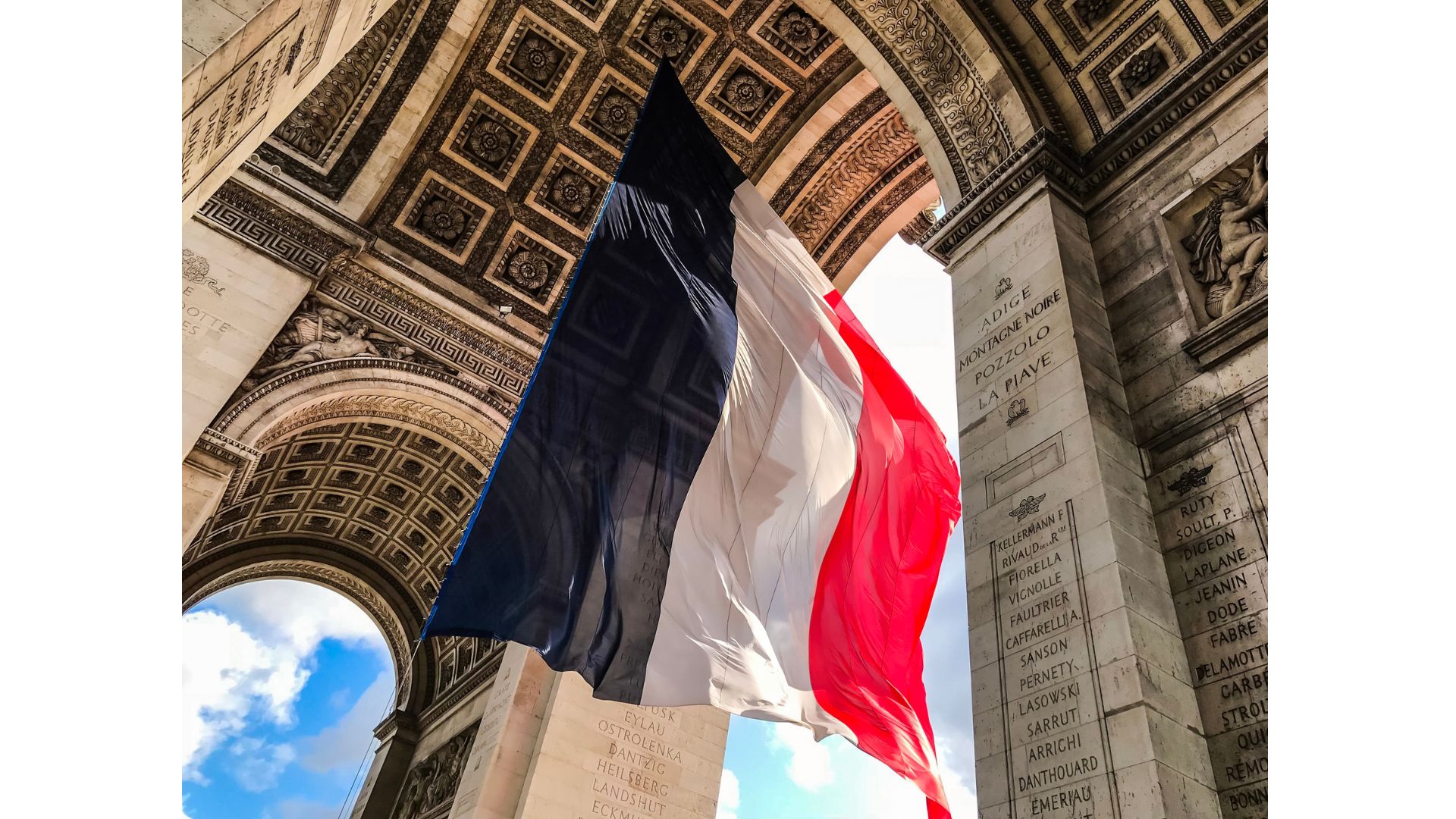
Who
Napoleon, that’s who. Of course he has a full name (Louis Napoleone Buonaparte), but, like Michelangelo and Madonna, a single name is all you need to know exactly of whom we speak. Through talent and skill, ambition and determination, this son of a Corsican lawyer from the petty nobility rose through the ranks to become a general at the tender age of 24, First Consul of the Republic at 30, and Emperor of the French at 35. As First Consul from 1799 to 1804, then especially as Emperor (1804-1814, then again from the famous “100 Days” in 1815), Napoleon worked to stabilize the French economy, overhaul the state apparatus, and break the shackles of feudalism and inherited aristocratic privilege that, for him and countless other modernizers, were hobbling Europe and preventing her progress. High ideals, grand ambitions, and the most powerful army the Continent had seen since Ancient Rome led to his rapid rise, his roaring success, and – inevitably, perhaps – his tragic fall.
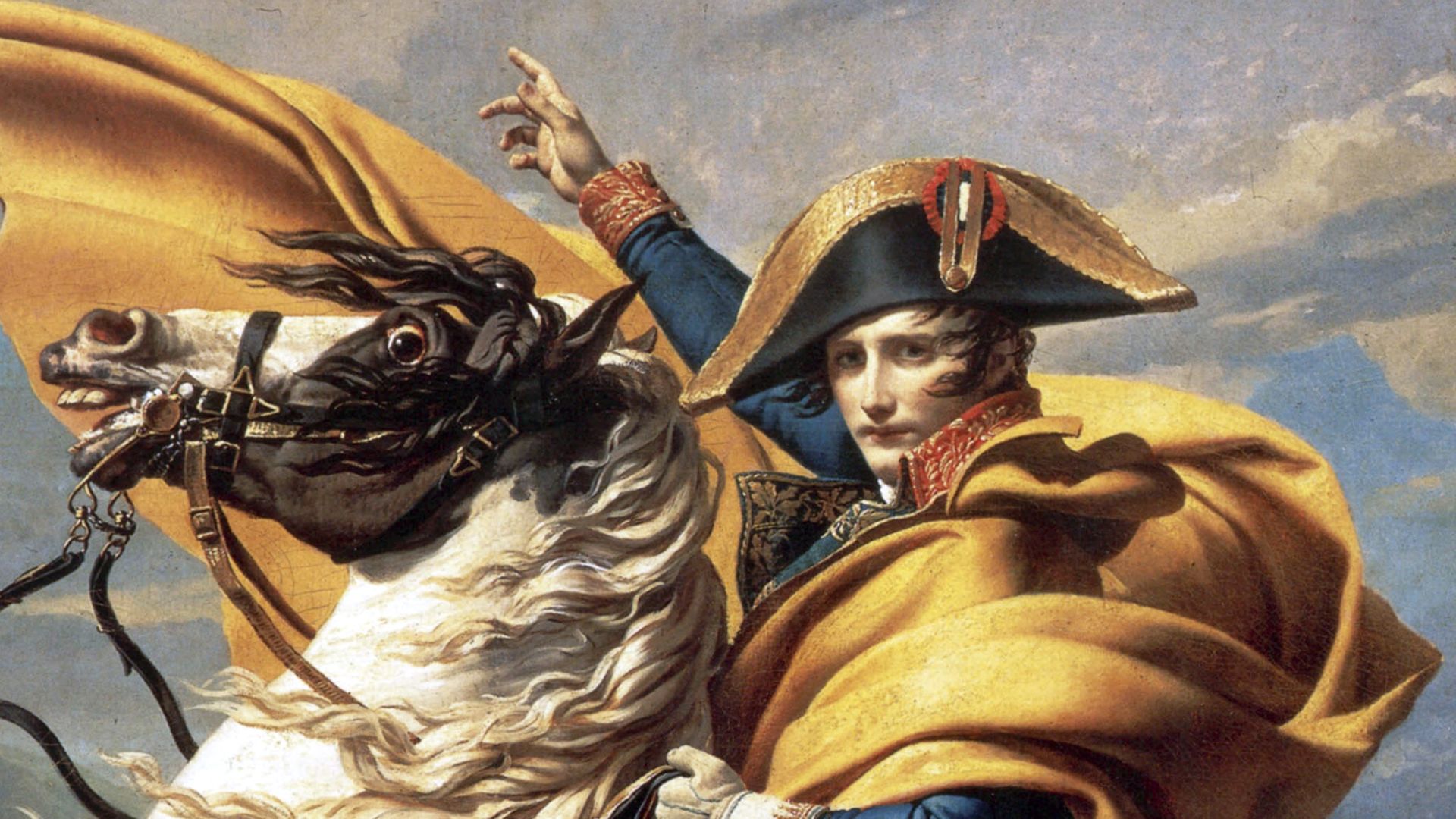
What
A monumental arch, echoing the military tradition of Ancient Rome and, arguably more emphatically, Louis XIV’s own referencing of Rome. Though the Roman Republic tended to prefer great Columns of Triumph to celebrate the significant victories of its generals, three arches of triumph were built in the city of Rome itself during the Republican era. The oldest was erected in 196 BCE. None of those three remain, but the memory of them survived, and there are three form the time of the Roman Empire still standing in the area of the Colosseum and the Roman Forum today. These arches were not gateways or connected to defensive walls of any kind. They were free-standing structures built along the route of the ancient victory parades that formally started in the Circus Maximus and ended on the Capitoline Hill, where sacrifice was made at Rome’s most important temple, that of Jupiter Optimus Maximus.
The prestigious porta triumfalis in Rome – gone long since – was a rather particular kind of arch. According to the ancient historian Suetonius, among others, it was through this particular free-standing arch that the army returning victorious from battle would formally and with great pomp and circumstance enter into the city within the walls. It is believed that Romans saw this as a kind of purification, a cleansing of the violence and bloodshed inherent to war. The tradition of erecting arches of triumph in honor of victorious generals and their armies, though without the same specific function, may indeed derive from the porta triumfalis between the Capitoline Hill and the Tiber River.

In Paris, there are, in fact, four arches of triumph. Two of them were built during the reign of Louis the XIV in the 17th century, each one honoring the triumphant monarch following military successes. The Arch of Saint Martin’s Gate celebrates victory in the wars in the Rhine and in Franche-Comté, while the Arch of Saint Dennis’ Gate commemorates the wins in Holland and what were then known as the United Provinces. More than a century later Napoleon picked up the baton, erecting two of his own arches: one in the courtyard of the Carrousel between the Louvre and the Tuileries Palace, and one – the special focus of this bulletin – in a direct line further to the west.

When
Work began on both arches in 1806. The Arc du Carrousel was completed two years later (then two years after that, its bas-reliefs were installed). It is much more elaborate than the others, including those from the time of Louis XIV, but it is also only 15 meters (about 50 feet) high. By contrast, the Arc de la Porte de Saint-Martin and the Arc de la Porte de Saint-Denis are 18 meters (60 feet) and 25 meters (82 feet) high. The Arc de Triomphe is a whopping 50 meters (164 feet) high. Though construction on this arch was initiated at the same time as the Arc du Carrousel, in 1806, it would not be complete until 1830, not inaugurated until 1836, and not formally consecrated until 1840, with a sobering ceremony that we shall discuss ‘ere long.
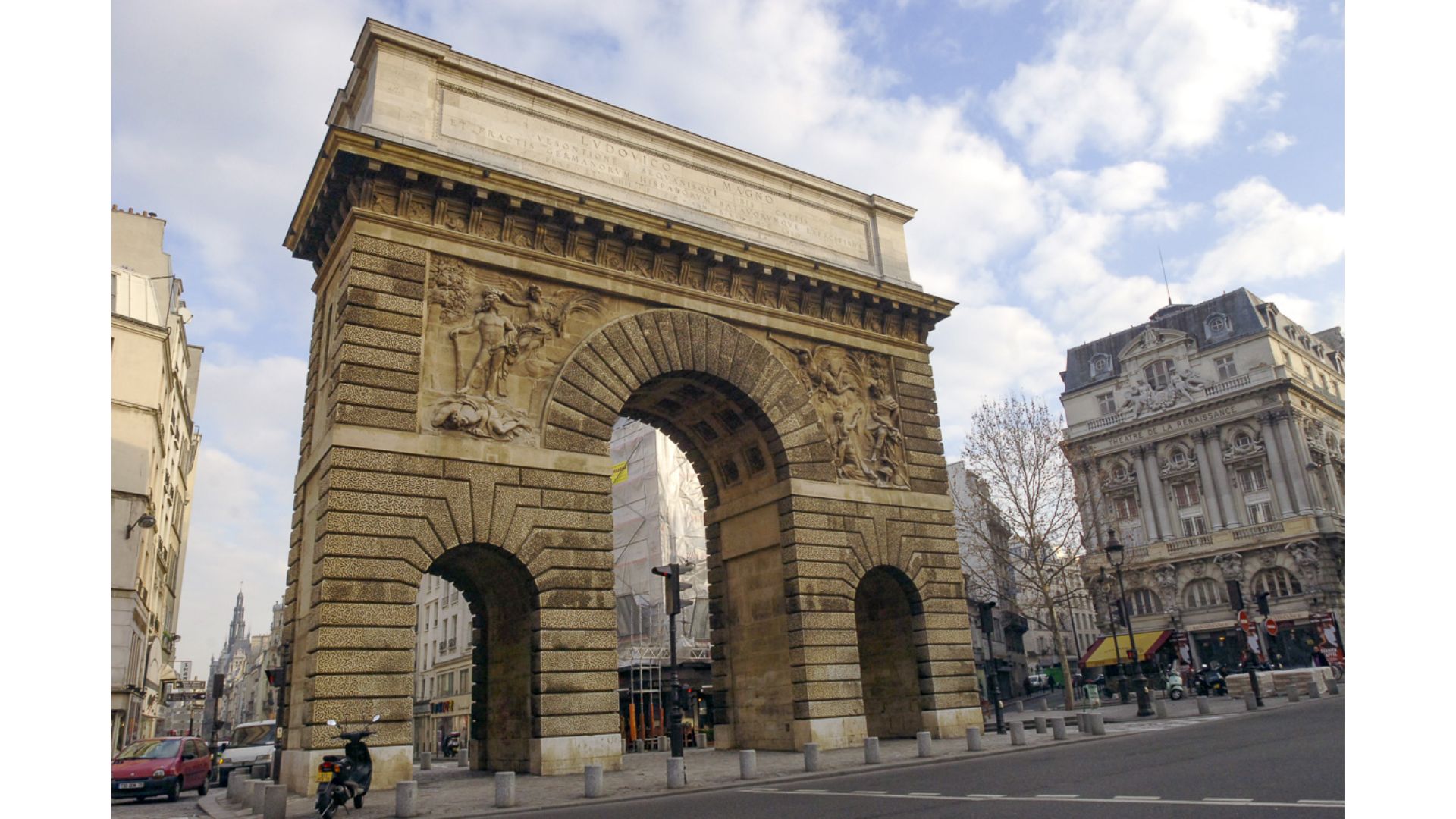
Where
Napoleon had originally intended to erect the monument at the east end of the city, not far from the Bastille. His Minister of the Interior informed him that because the area was so densely populated, among other reasons, the project would be far too costly. Napoleon was thus convinced to have it built at the west end of the city, where since 1670 (Louis XIV, again) there had existed an enormous circular square (if that makes any sense!). This grande place stood on a somewhat elevated butte, a kind of plateau called Chaillot, at the convergence of a dozen long, straight roads, organizing traffic in and out of the west side of the city and creating the form of a gigantic star. This was popularly referred to as the Étoile (Star) de Chaillot, or simply l’Étoile. It kept this appellation all the way into the 1970s, when the Place de l’Étoile was rechristened Place Charles de Gaulle – though Parisians will forever call it l’Étoile.
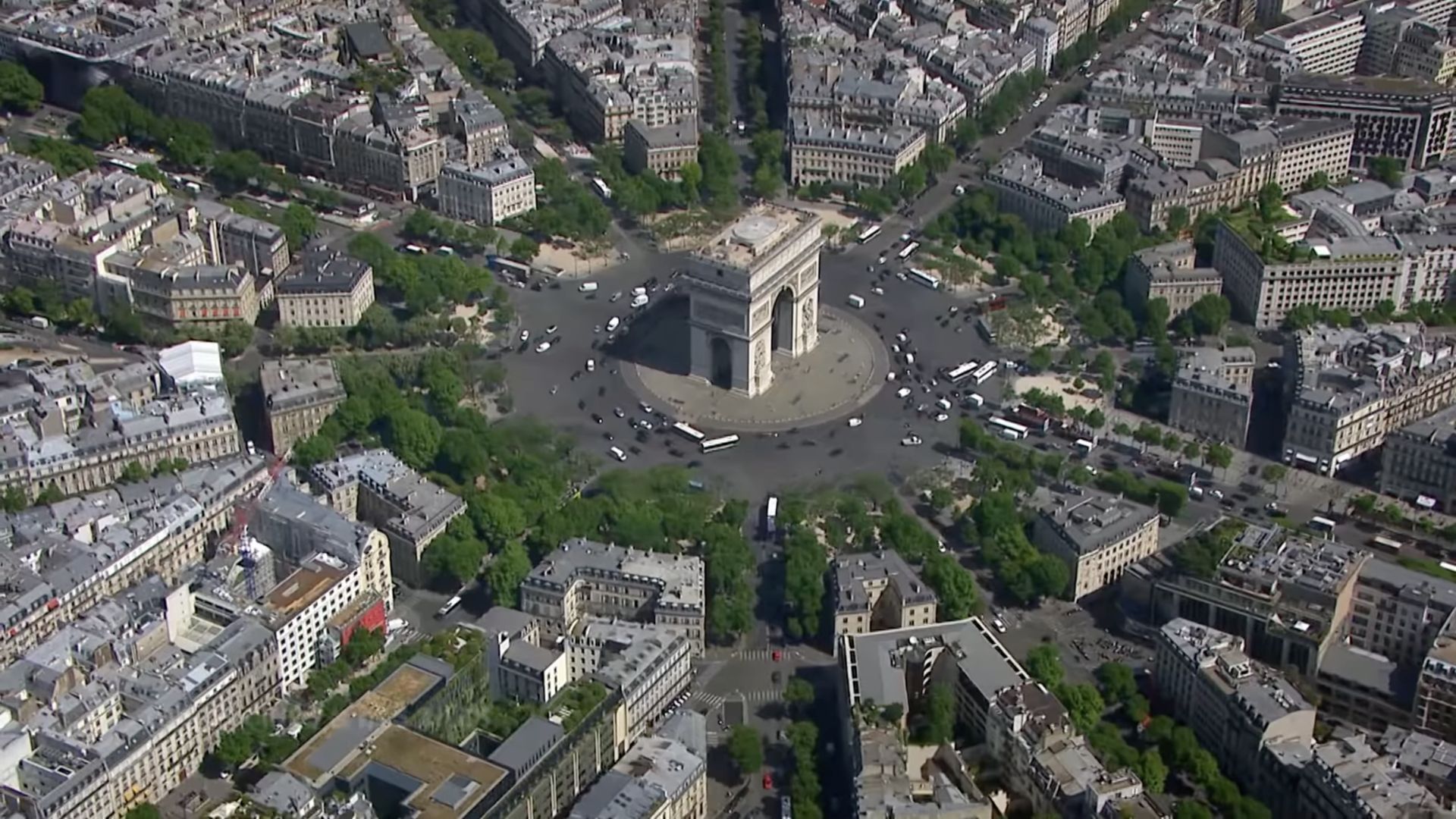
Arriving through the suburban area of Neuilly-sur-Seine and entering the city through the Porte Maillot, his Grand Army would march down the broad boulevard renamed Avenue de la Grande Armée (the name it still bears). We use the conditional “would” because no victory parade through arches – other than under a makeshift model in wood, rather pathetic – was ever held during Napoleon’s reign.
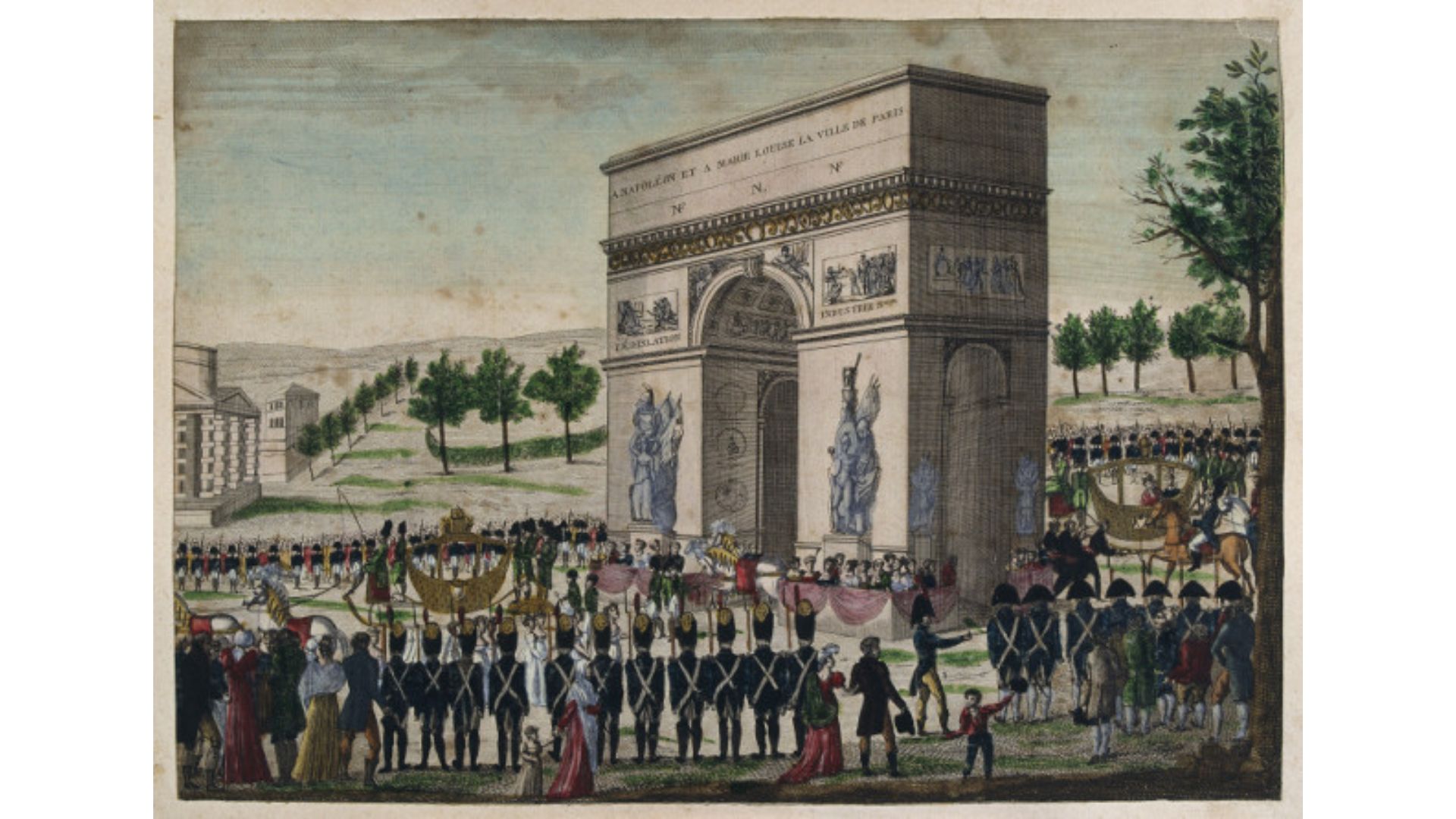
At the time construction began, there wasn’t much here. It was a traffic throughway, to be sure, but more for shipping and receiving than anything else. The two buildings that were near the spot were what today we would call toll booths. Half a century later, during the Second Empire of Napoleon’s nephew, Baron von Haussmann would level the cramped and insalubrious medieval quarters to the west of the Louvre and develop the magnificent townhouses and swanky stores along the Champs-Élysées and the other Grands Boulevards.

Why
Finally, the most important question of all. In the words of an inimitable therapist friend of ours, “Behavior is multidetermined.” British historiography has traditionally chalked it up to Napoleon’s own enormous ego, diagnosing him with an acute case of megalomania. We would argue that it’s all a bit more complex than that. There is a long history on the Continent of attempts to hegemonize – whether for the procurement of power and wealth or guided by the principles of the Enlightenment and the spirit of the French Revolution – especially by Germany and France. The Napoleonic Wars certainly fall well within that tradition. This is not to say that France in the early 19th century was a military society. But it was certainly a militarized one, and much of the nation not only took pride in the achievements of its army but identified itself with them. Success in battle is what justifies the cost – in gold and in lives – and monuments to those successes are necessary reminders of why the sacrifices have been made. Those monuments are also permanent symbols of the benefits derived from the sacrifices and successes.
The Arc du Carrousel was specifically dedicated to the decisive 1805 victory at Austerlitz (today in the Czech Republic, then an Austrian possession) in the German Wars. The Arc de l’Étoile (the Arc de Triomphe par excellence) was intended to honor the glory of the whole of the Grande Armée and all of their valiant victories. Clearly with a wink to Louis XIVs continental conquests, and most certainly making reference to Ancient Rome’s venerable tradition, the day after the Battle of Austerlitz Napoleon emotionally declared to his troops, “You will not return to your homes but through arches of triumph!”
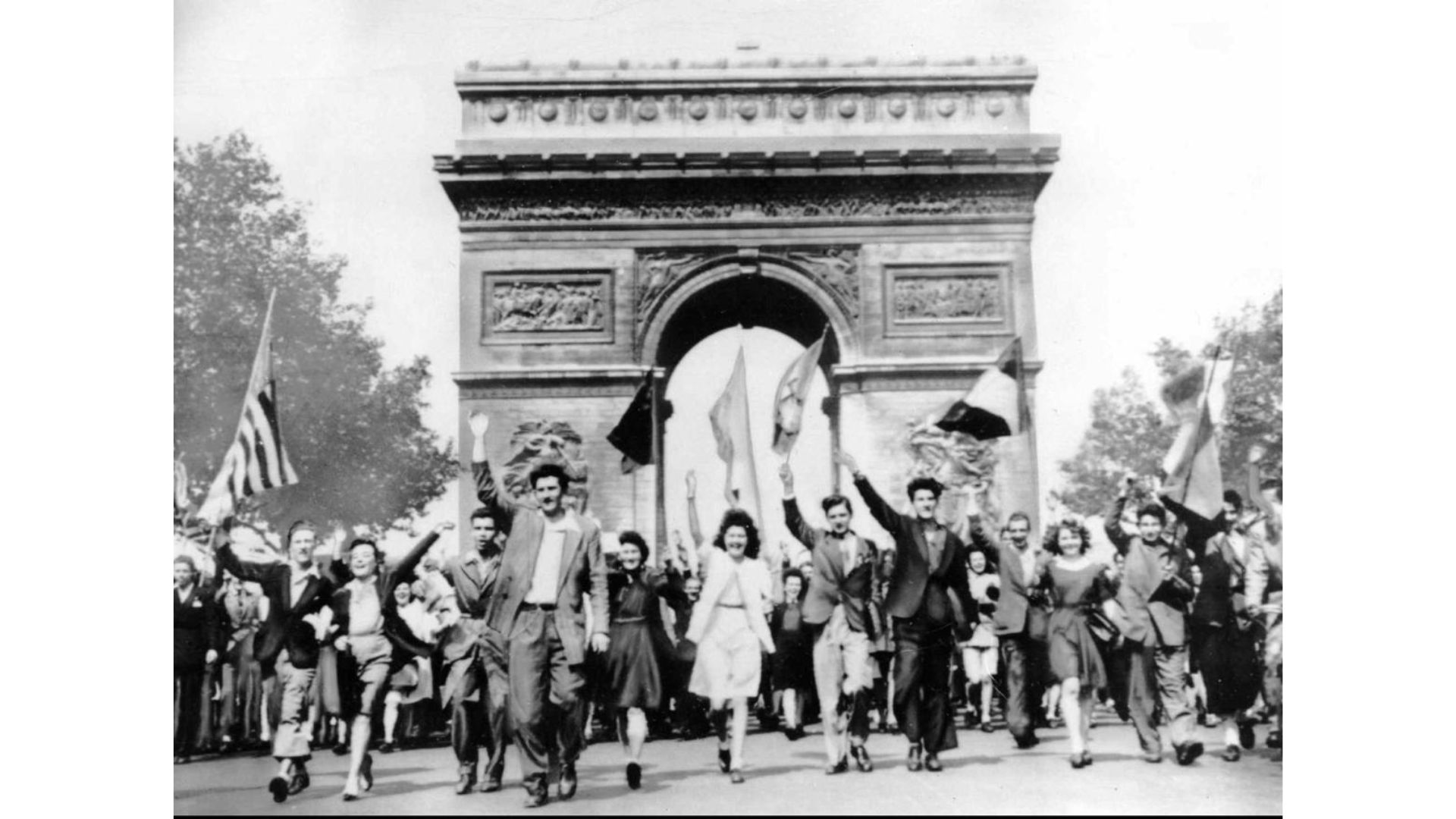
Work on the half-finished Arc de l’Étoile was halted with Napoleon’s exile to the island of Elba in 1814. It would not begin again until 1823, when it was picked up by the Restoration King Louis XVIII, but now to celebrate French successes in the war with Spain. Even so, work was abandoned well before completion. Only in 1830 would King Louis-Philippe “Égalité” see to it that the job got done. In a gesture of reconciliation, a hand of peace extended to the many fervent Bonapartists – in Parliament and in society at large – the king included all the soldiers who had fought in France’s revolutionary wars from 1792 to 1815.
It was finally completed and inaugurated in 1836, on the sixth anniversary of the Glorious Three Days, the uprising that led to the demise of the repressive and reactionary Bourbon King Charles X and brought the Orléans Louis-Philippe to the throne, this as king of a parliamentary monarchy similar to Britain’s. But the Arc de Triomphe’s formal consecration came with an event of even greater symbolic power and conciliatory significance. Following his ignominious defeat at Waterloo, Napoleon was exiled for a second time, this time to the far more remote and forbidding island of St. Helena. This is where he was buried when he died in 1821. Nineteen years later, in 1840, King Louis-Philippe made the auspicious decision to have Napoleon’s remains brought to Paris and laid in Louis XIVs magnificent Hôtel des Invalides. On the way to his last resting place, Napoleon was, with great somberness and solemnity, escorted through the Arc de Triomphe that he had ordered to be built to honor his soldiers.

In the aftermath of the brutal First World War, the remains of one unidentified soldier was entombed beneath the Arc de Triomphe. It is a sobering testament, laid down to represent all the fallen for France in the Great War. When you go, look up in wonder, climb to the top for a sweeping view of the city, and by all means take loads of photos! Before you leave, though, stop for just a moment at great flame at the Tomb of the Unknown Soldier and contemplate, for just a moment, the horrors of war and the sacrifice – for just cause or not – of those throngs of soldiers who died far too far and far too young.

We can think of no better way to capture the spirit of the event, and close our discovery of the inspiring Arc de Triomphe, than to give you the words of Honoré de Balzac, prolific writer and author of the beloved Père Goriot, in his description of the event:
But all hearts, even those most hostile to the emperor, sent earnest prayers toward heaven for the glory of the nation. The men most exhausted by the struggle begun between Europe and France all laid down their hatreds as they passed under the Arc de Triomphe.
